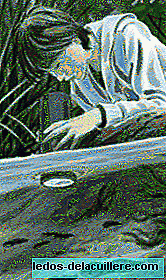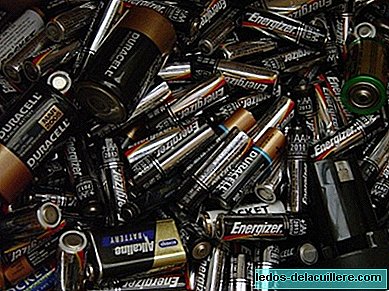
Under the water there is a mysterious world, hidden behind the reflection of light on the surface. Even if we try to look closely or even open our eyes underwater, we will barely distinguish a blurred panorama. Therefore, the best way to discover underwater secrets is to use a device that, overcoming the obstacle of reflection, allows us to see the bottom clearly as if we were diving.
The aquascope can be used to explore the bottom of any aquatic mass: rivers, lakes, lagoons, shallow sea pits, ponds and, if there is no other remedy, the bathtub.
These gadgets are usually expensive or difficult to obtain in the local market, as they are part of the specialized equipment of divers and marine biologists. Here we present a design of home made aquascope We hope you can build to enjoy the depths with your children. You will need any small plastic bucket or bottle, which can be replaced by an open can at both ends (keep in mind that the wider the diameter, the more comfortable the vision will be), a piece of transparent, elastic polyethylene, a Penknife and scissors. The procedure is simple: using the penknife, carefully cut a large circle at the bottom of the container; cover the top if it is a bucket - or the hole you cut at the bottom, if you are using a plastic jug - with the piece of polyethylene; tie it with the elastic, adjusting very well to prevent it from seeping the water and, voila !, the aquascope is ready.
How does it work? Well, you simply have to sink the aquascope to a depth where water does not enter; When submerged, the water pressure pushes the polyethylene upwards, combining it like a lens. The deeper you submerge it, the greater the water pressure and the greater the increase. However, never sink it completely because if it gets wet inside you must wait for it to dry so that it returns to its task.
Attention: if the water is cloudy and contaminated, do not bother to manufacture it, unless you want your children to be aware of how important it is to ensure the preservation of Nature and fight against environmental pollution.
To observe the depths and do not forget to send us your drawings!












